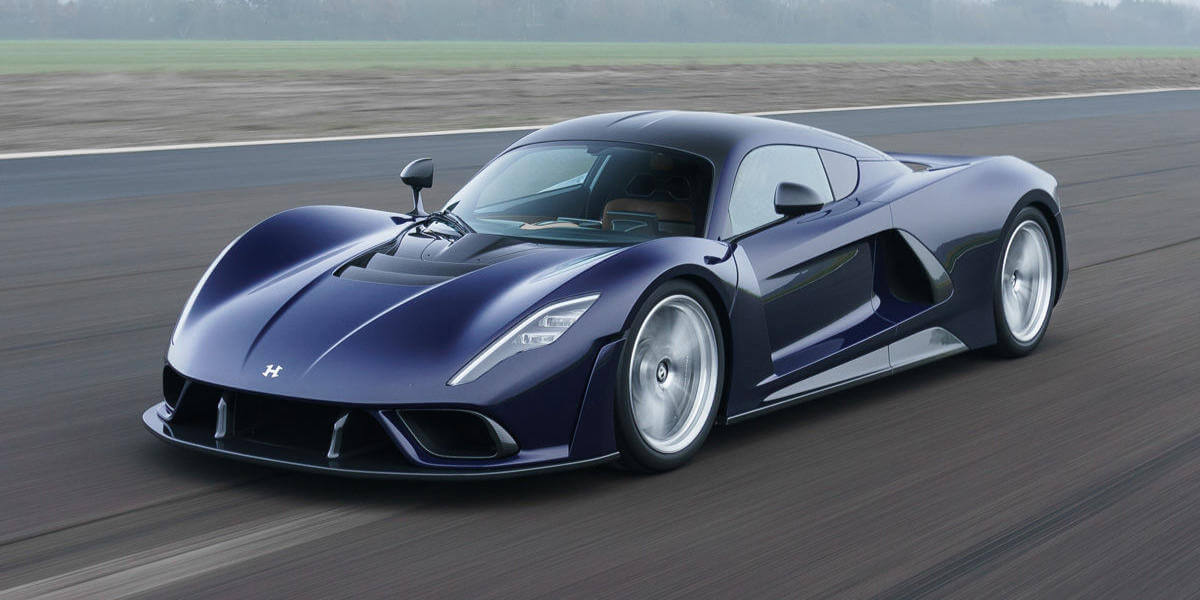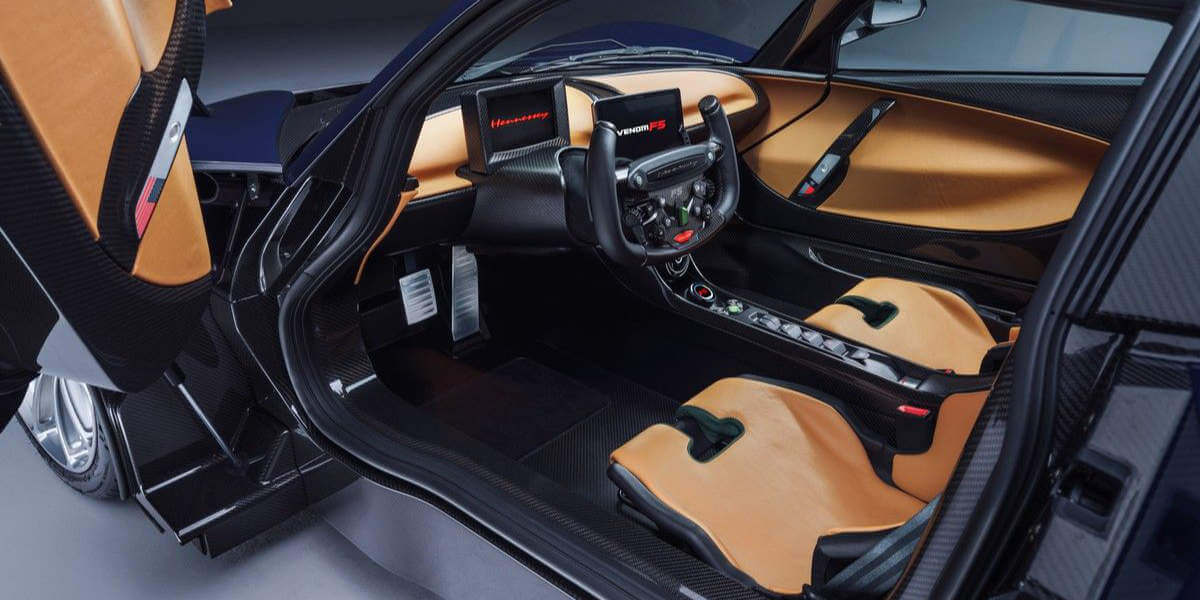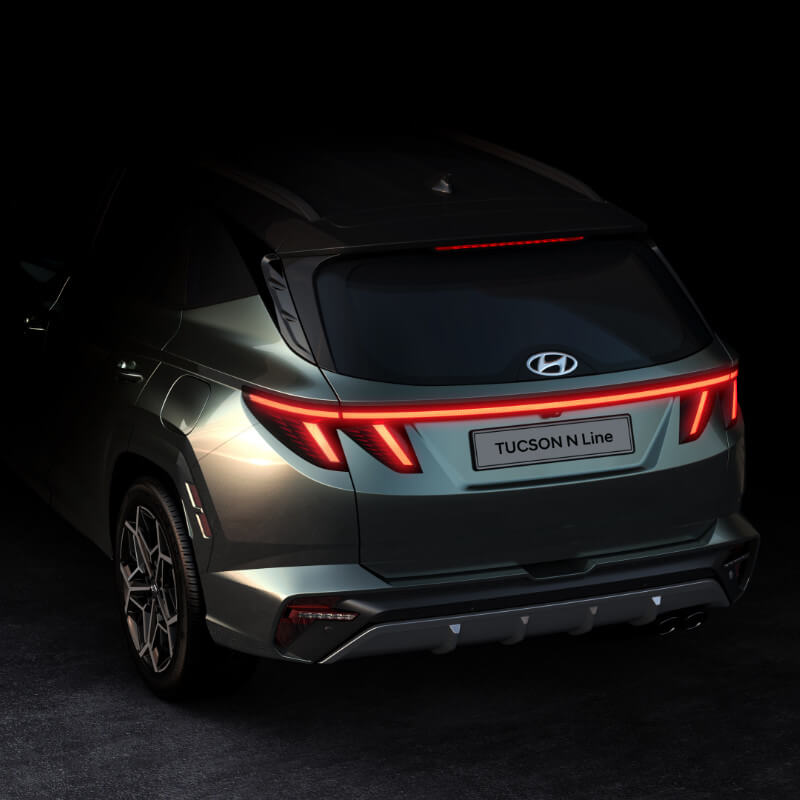Hennessey reveal Venom F5 hypercar
Hennessey, a tuning brand, has just revealed its first hypercar, the Venom F5, and it’s designed to beat the world’s top-speed record for road cars. The title is currently held by the Tuatara with an average speed of 508,74 km/h. Hennesey claims the Venom F5 has plenty of excess over 500 km/h to beat that.
“Our customers love speed, so we’re fired-up to push the boundaries of what’s possible to attempt the world’s fastest production car record, but the Venom F5 is about more than just speed and power. This car will handle superbly, quality is exceptional, there are more than 3 000 bespoke parts, materials are exquisite, everything is a fitting tribute to 30 years of the Hennessey brand.” – John Hennessey, company founder and CEO
Hennessey Venom F5 is built to perform.
Named after the highest rating on the Fujita hurricane-strength scale,
To beat the highest record, you need the most streamlined design. This is exactly what Hennessey has done for the Venom F5 spider. It’s super light too coming in at a dry weight of 1360 kg with the help of its carbon-fibre monocoque.
This all rides on forged aluminium alloys, 19-inch in the front and 20-inch at the rear. What is the most surprising is the lack of a rear wing.
Inspired by the cockpit of a fighter jet, the interior of the Hennessey Venom F5 is still perfectly suited for regular driving. The optimisation on being lightweight is still obvious with all the carbon-fibre, but there is still plenty of leather surfaces. There is an infotainment and digital instrument cluster too.
Optimised inside and out.
The incredible performance is gained from the twin-turbo 6.6-litre V8 that is mated to a seven-speed single-clutch automated transmission and a limited-slip differential. This rear-wheel driven machine gets peak figures of 1355 kW and 1617 Nm.
Hennessey says that this will get the Venom F5 to 100 km/h in 2.6 seconds, 200 km/h in 4.7 seconds and 300 km/h in 8.4 seconds. As we mentioned, the brand says that this will keep going well over 500 km/h. We will get to see it for ourselves later this year. The testing will commence in the first half of 2021 at the NASA shuttle landing facility in Florida.
Production will be limited to only 24 models of which many have already been bought and for around $2,1-million.
Source: Hennessey









